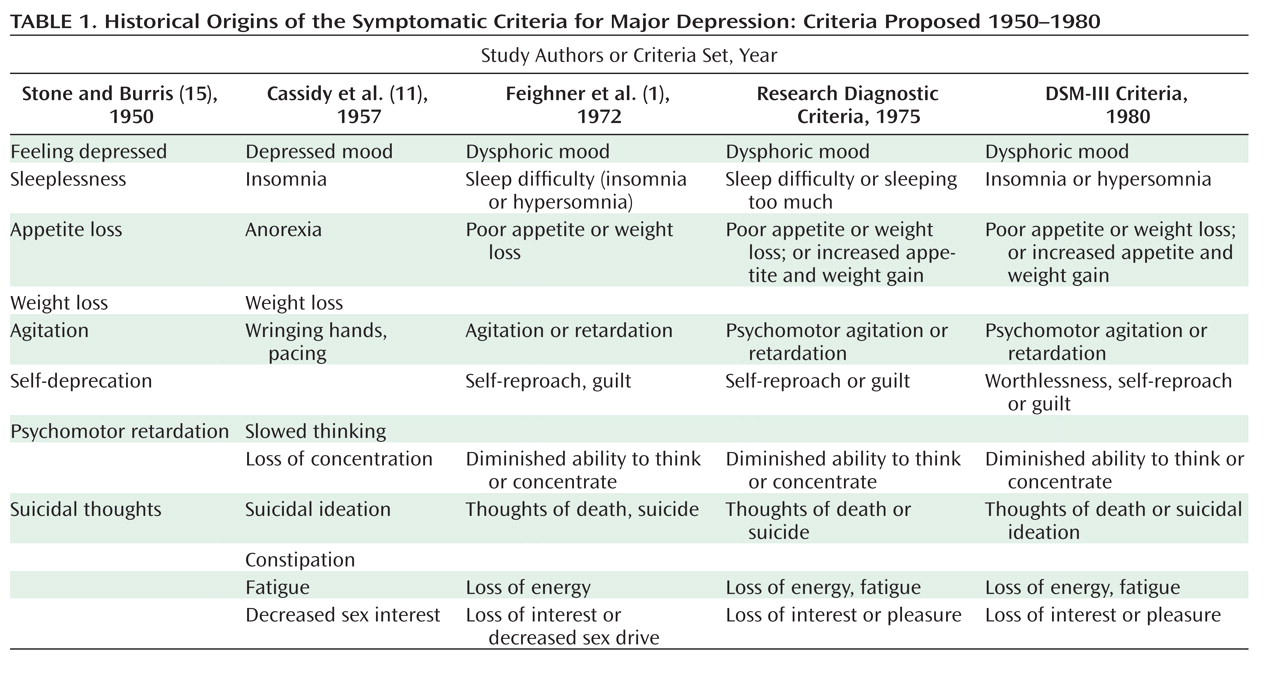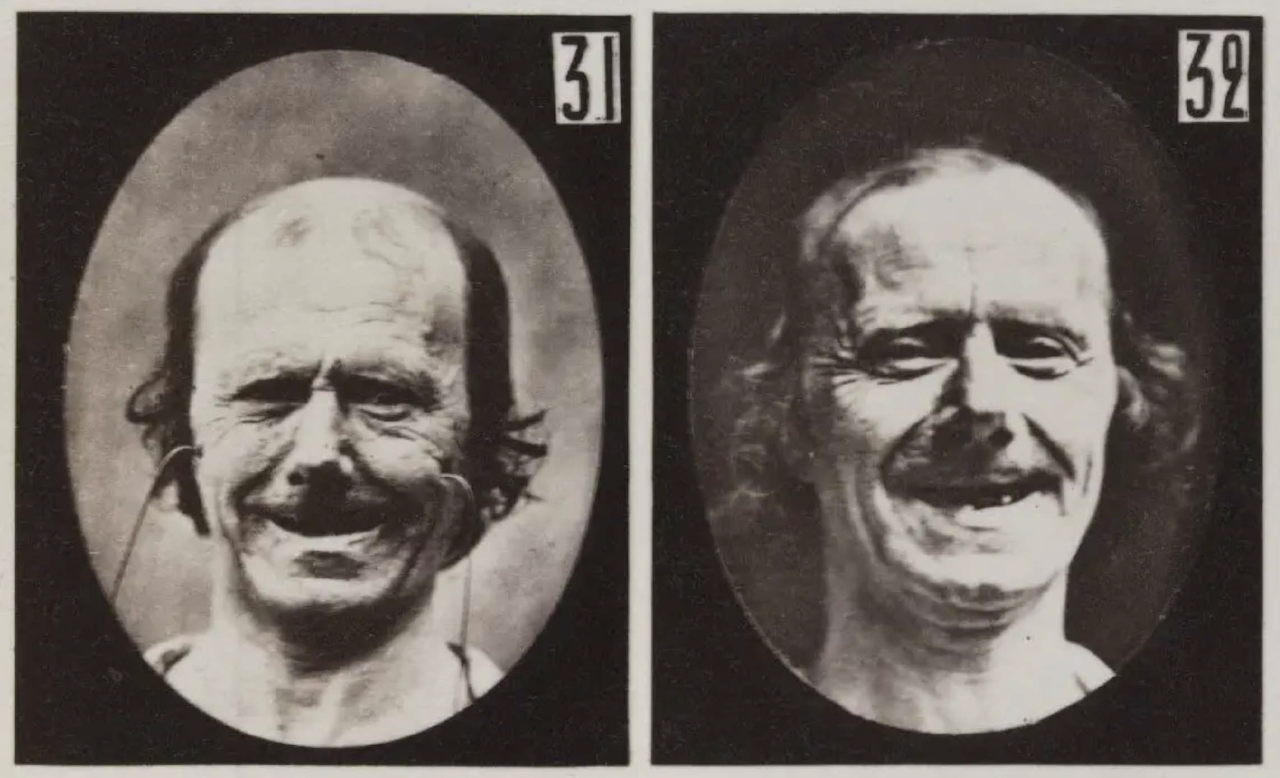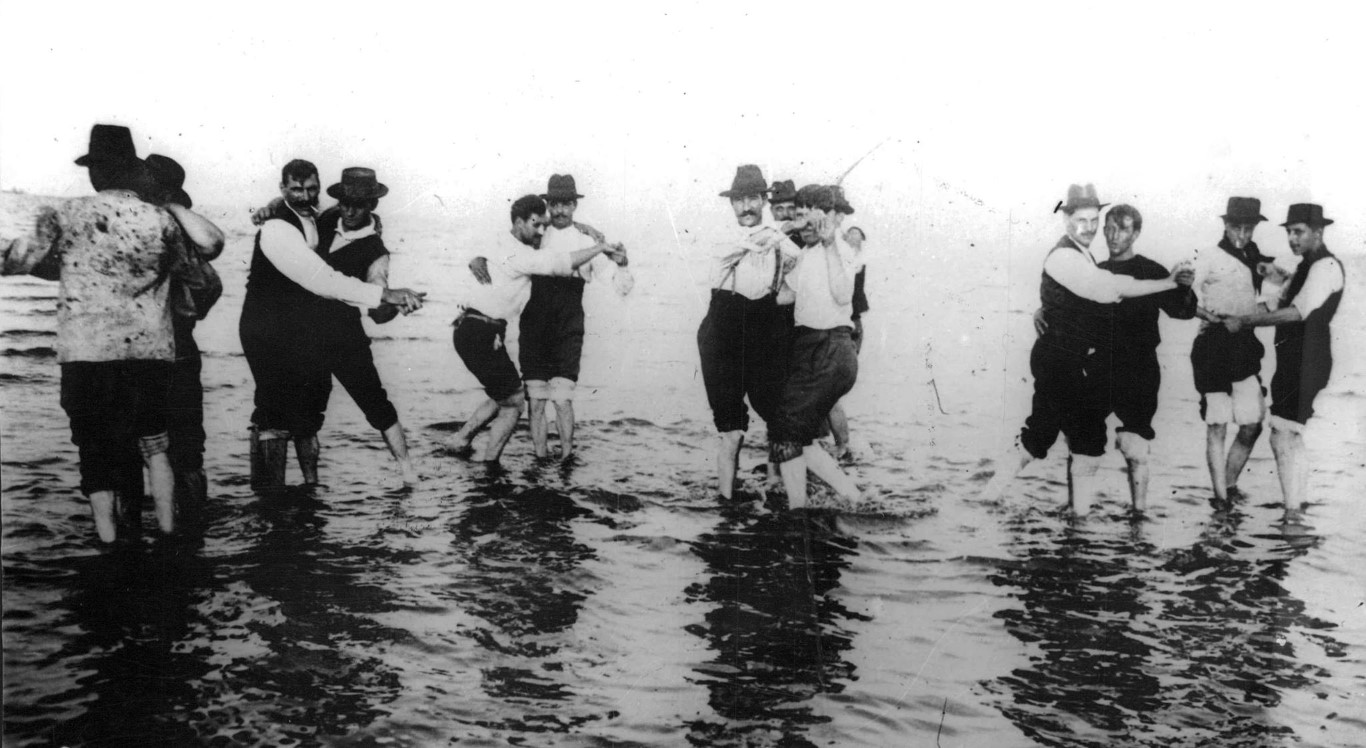
Rooftop swimming pool with mock air defense lighting design by Bernard Khoury, Beirut.
This essay is part of an e-flux Notes series called The Contemporary Clinic, where psychoanalysts from around the world are asked to comment on the kinds of symptoms and therapeutic challenges that present themselves in their practices. What are the pathologies of today’s clinic? How are these intertwined with politics, economy, and culture? And how is psychoanalysis reacting to the new circumstances?
It is increasingly hard to occupy and sustain the position of analyst today. Psychoanalysis is in trouble and analysts should be concerned about their function and its place in the contemporary moment. One could put it like this: the conditions of possibility of the “impossible profession” are no longer so self-evident. As an analyst I often leave the office at the day’s end wondering why the hell I engage in this function; or to put it more accurately, why in this hell I have come to occupy this function. This hell is our contemporary moment of climate catastrophe, social breakdown, raging inequality, and generalized perversion. I don’t mean this to disparage the crucial and important work that analysands do in their sessions. Clinically, the parameters of Lacanian practice (scansion, the variable-length session, and relative pricing) prove day after day that they are more attuned to subjective desire than other forms of therapeutics. At the end the subject speaks, but the problem is that the systemic perversion (of the social link) forecloses the transformative act implicit in the desire that emerges in the wake of psychoanalysis. As analysts, we cannot but see this, and it is a matter that we have to reckon with lest analysis just become a clinic of perversion. Psychosis speaks the truth of perverse structures, but we cannot resort to simply romanticizing psychosis as an answer to perversion. After all, psychosis is a form of enjoyment that is unbearable: it entails real suffering for subjects—suffering which psychoanalysis ought to offer a way out of.
I want to present here one of the cases that I encountered in the clinic, one that points to the deadlocks of the analytic practice in structures of generalized perversion. Is it possible in Lebanon, where my practice is located, to create a shift in the discourse of the psychotic when they are living in such a structure of perversion? I was told by the Lebanese analyst Chawki Azouri that Jacques Nassif, during a visit to Beirut with Lacan in the 1970s, exclaimed: but how can you do analysis in such a perverse structure? In this piece, I want to suggest that this perverse structure is potentially the blueprint of what is to come in neoliberal decay, a dismal future-past scenario of the world, a dystopia of generalized perversion.
The cosmos that X constructs is a mimesis of the “actual” world in which he dwells, but one which is run according to his laws. “I have spent my life destroying idols; I don’t believe in their laws.” X comes from Dahiye, a suburb of Beirut that has since the 1980s come to consist of an urban extension that revolves around a “security zone” for a militant Islamic party. Not only is the area predominated by this party’s cadres and supporters, it is also overdetermined by communal politics administered through kinship, familial, and at times tribal connections. The particular neighborhood in which X lives is infamous for housing gang members and all sorts of “illegal” occupations, including drug dealing, arms trading, etc. This being said, Dahiye also has a very “cosmopolitan” cultural sphere—one which, like all neoliberal urban formations, is rife with incommensurability. There is something for everyone: enjoyment is organized in a way that doesn’t curb it; you can have your cake and eat it too.
X frequently complains of the noise that penetrates his ears from the streets. The noise that disturbs him most is the “monotonous sound of male aggression” and “arbitrary authority.” This trope of arbitrary authority is one that X frequently alludes to: for all authority is fake, the symbolic is a lie. Hysteria-cum-psychosis … The unfortunate price that is incurred by the psychotic wager “your-laws-don’t-work-and-I-know-it” is a sanctity that is displaced onto language—on signifiers that come to provide a solution for the enigmatic absence of the symbolic order. If we follow Lacan closely on the question of delusion, we can locate the problem of psychosis in the entire problem of authority in modernity.
X was enrolled from a young age in the Mehdi schools. He was also in the scouts that are affiliated to the Islamic resistance, the stepping stone to becoming a militant fighter. Moreover, his “mentor” in the scouts engaged in homosexual acts with him. The extreme homoeroticism of this group is of course accompanied by a declared homophobia, including a recently launched campaign denouncing homosexuality as a Western vice. What is prohibited in this perverse Symbolic structure, to which X’s madness was the only logical solution, is prohibition itself. There is no prohibition beyond that of the imaginary symbolic of the law. The imaginary of the symbolic, as I understand it here, disavows the real of the symbolic: the real or traumatic kernel of identification. The entire Lebanese state is a symptomatic site of the global perversion that awaits us all. This perversion expresses itself in the sectarianism of the Lebanese state: sectarianism is a symptom of stuck-ness in imaginary identifications, a narcissism of minor differences that obfuscates any real alterity. One could even say that sectarianism (segregation, division) is the global language of capitalism, and Lebanon its symptom.
X’s father worked as a perfumer, selling perfumes in a kiosk at the local mall. He also held a bureaucratic job as a civil servant in a public ministry—a job that entailed a position devoid of any content. X’s father had been an Arab National Socialist, a member of the Ba’ath party. He had a limp in his left leg, which developed during one of his breakdowns. The father’s limp was due to being born with a condition that wasn’t diagnosed in time. However, X’s father had told him that he “had a limp because he [X’s father] didn’t have a father”: “I didn’t have a father so I fell down and broke my hip.” This “spineless father” developed “spunk” however. He developed a character akin to “the godfather,” as X put it: he was a con man. X even suspected that his father had sold him to the party. He also saw that the homosexual relation he was involved in was condoned by his father: “It’s like he sold me, like I was a prostitute to the party.” Moreover, it is only after X’s father developed a limp that his father’s punitive mother took him in for care and removed him from the orphanage. This was the hysteric’s (X’s grandmother’s) first lie, which X believes in his imaginary: only when X’s father was impotent could he be made a proper son.
X described his father’s relationship to him as sadomasochistic. The father called himself the king, and he called his son the “heir to the throne.” The uncastrated father will be succeeded by an uncastrated son. X however insisted that he was an errant heir: an heir who would never have children; one who would excise the lineage for the sake of his own enjoyment, in order to castrate his father in the symbolic, which was entirely X’s own, one he had meticulously constructed.
The father’s violence was brutal: he beat X with a walking stick and once even threatened to cut him with a knife. During this display of authority’s failures, in the midst of which X leaves the party against his father’s will, the father experiences a mental collapse and is diagnosed with schizophrenia, removed from the house, and subsequently institutionalized. Upon his return, he is delirious, even more broken then before. There is a crucial moment that X describes as revelatory and which caused him to break down in laughter. As he was sitting with his father who had returned from the asylum a broken man, he hallucinated and exclaimed in bewilderment: “Look, it’s a whole man in a cup of milk!” A whole man has sunk into mother’s milk: there is no possibility of separation from the object-mother, no cut to save the subject from drowning in her milk. Perversion lies in the precise failure of castration along these lines. The paternal prohibition fails at separating the subject from the mother, and so the subject becomes the very object of the Other’s satisfaction. 1 Whereas in psychosis, alienation is foreclosed, in perversion, alienation is disavowed in separation. Perverts know themselves as the object of the Other’s desire (even if the Other does not know it), while the psychotic is often stuck in autoeroticism, unable to identify the Other’s desire as separate from them. I would even claim that psychosis is usually a response to the discourse of perversion. In this particular case it happens to be a perverse mOther who invades her son’s body in an attempt to be the sole object of his desire, and a father who sadistically beat him and subjected him to homoerotic scenarios. X laughed at his father’s declaration: they had both been “had by the mother,” he was his double, his twin act, so to speak, and the truth of this exclamation struck him with a bout of laughter that he could only make sense of retroactively in analysis. The role of the parents here is far from formulaic: It’s not simply that perverse parents are at fault for X’s psychosis. Rather they come to play a distinct role in the complex cosmology that X constructs. They are extensions of a cosmic Other, part of the conspiracy that constitutes X’s paranoid fantasies.
However, X always declared that he would choose to protect his family, to the exclusion of his father, from the law, the name-of-the-father, and the symbolic. He would patrol the house at night to protect them from the martyr soldiers who threatened to invade them. In one instance, he even described a cosmic battle, which ended in him swallowing up soldiers from the party into his own body. This then necessitated a suicide attempt, through cuts in the body, in order to eliminate the kernel of evil that is haunting his world, even if it went by way of his own death. Without a symbolic cut, the body suffers from an invasive enjoyment, and begs for a real cut.
Angelic fighters, uncastrated fathers, homoerotic fantasies, demons and angels: a “paradise” that escapes the limits and bounds of the law, and most importantly an Other that invades the body. In Arabic the word ihraj, like the French embrasse, has the root of hirj, the mother’s lap: a feeling of ihraj constantly takes over X, throwing him into bouts of guilt that soon transform into paranoid knowledge. Words carry concealed messages: al-kalam mubattan. Mubattan in Arabic carries the meaning of batn—womb and stomach. X glides down the chain of signifiers of a pseudo-symbolic order of his own making. The as-if quality of the symbolic runs amok and the symbolic becomes literal. What the psychotic really suffers from is the loss of castration: there is no cut that institutes the law, there is no cut that prevents language from entering the body.
This poses a very serious problem for the analytic setting: Where does psychosis begin and end if there is a perverse structure already at work in “external” reality? The delusion in psychosis is after all a litmus test for all symptoms and subjective formations. It is an enjoyment that often turns into embarrassment, into shame: “aar” (Arabic for shame). The knowledge in psychosis is always ahead: it exposes the limits of reality but only by way of establishing a fantasy structure that is always over-interpreted. Lacan proposed in Seminar III that psychosis is an interruption of the dialectic, a dialectical standstill that can be maneuvered in different ways. If pychosis is such a standstill, how to push the dialectic back into motion, so to speak? How to reinsert the object of desire into the pathos of enjoyment?
Lacanian psychoanalysis insists on the treatability of psychosis. Yet what is the point of healing if the structures around us are so pathological, if we are caught in times of generalized perversion? At the risk of sounding anachronistic, I think analysts need to repose Georges Canguilhem’s question to psychoanalysis: “Is a pedagogy of healing possible?” How to transmit psychoanalysis in the current structures of perverse disavowal? How to help buoy subjects who are drowning in a cup of milk?
Stephanie Swales has a meticulous engagement with this in Perversion: A Lacanian Approach to the Subject (Routledge, 2012).








